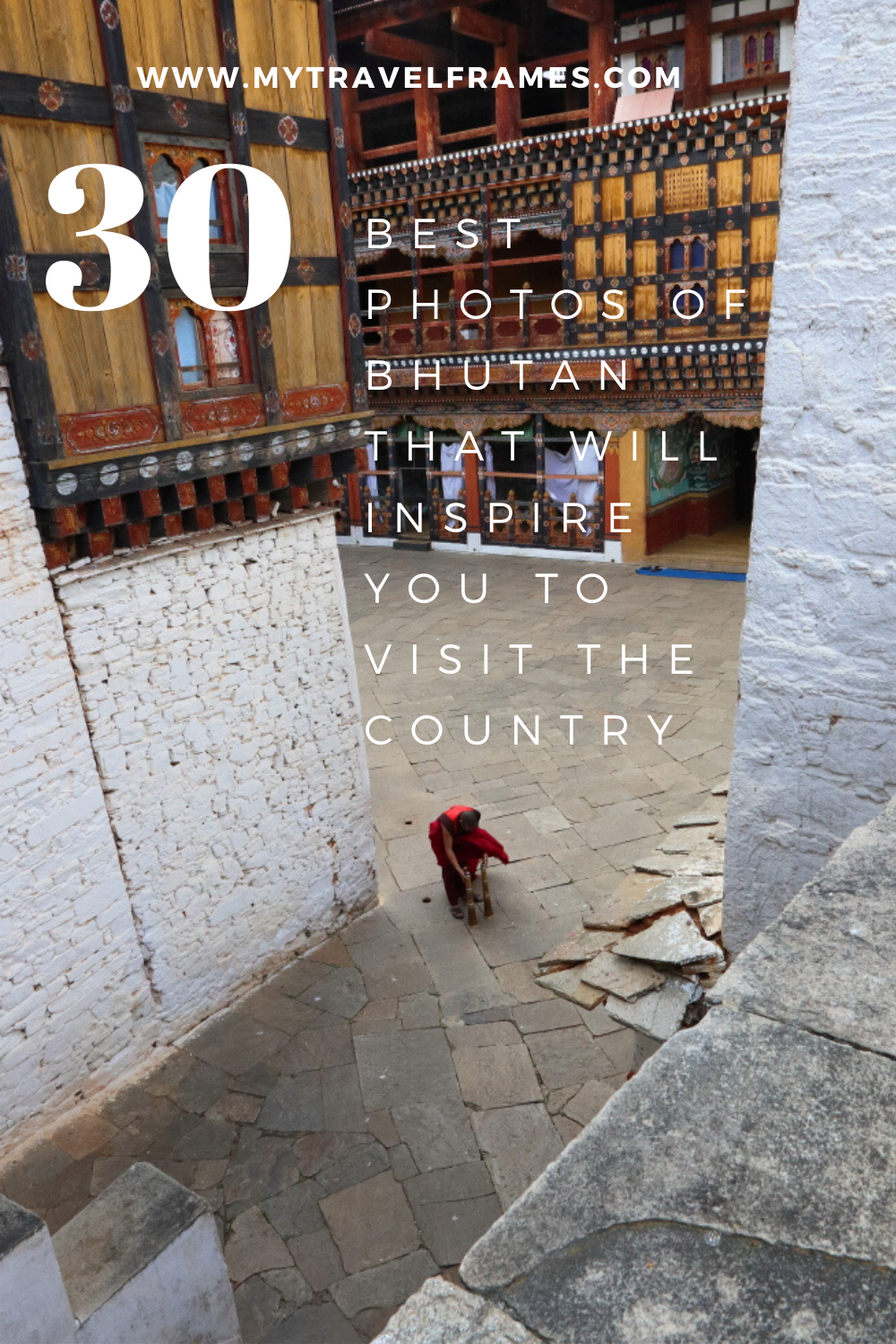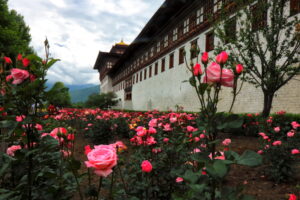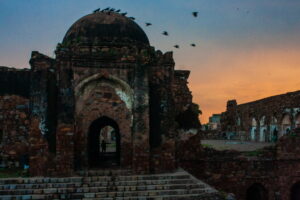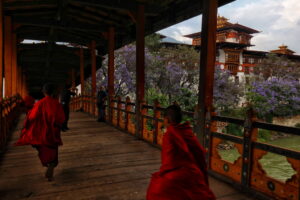- Country : Bhutan
- Year : 2019
- Places traveled : Phuentsholing, Thimphu, Paro, Punakha, Haa
- Duration of travel : 8 days
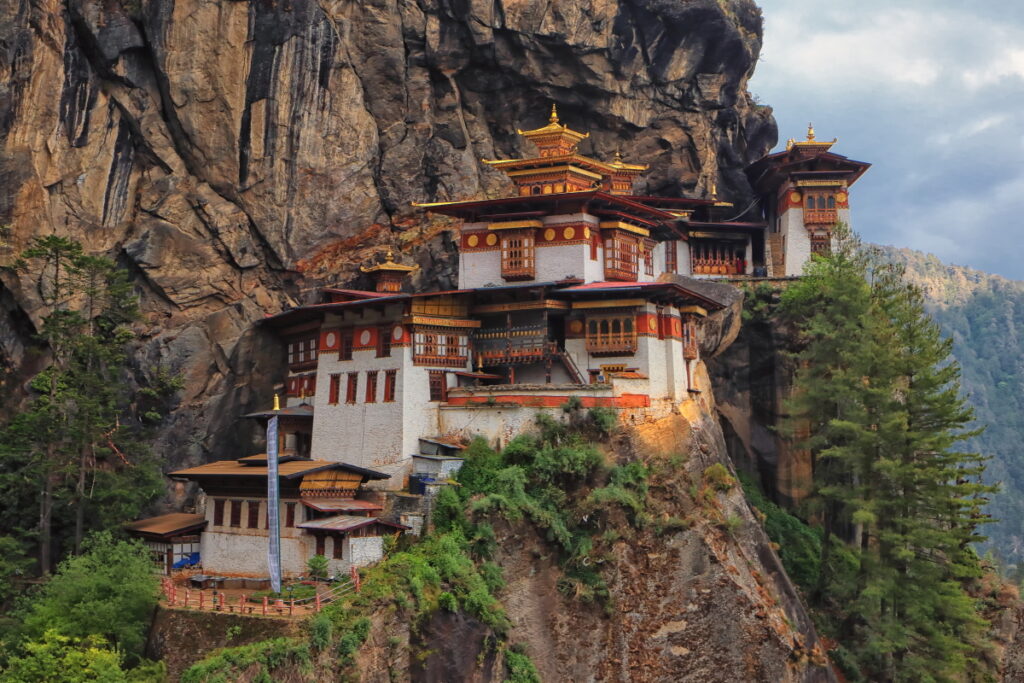
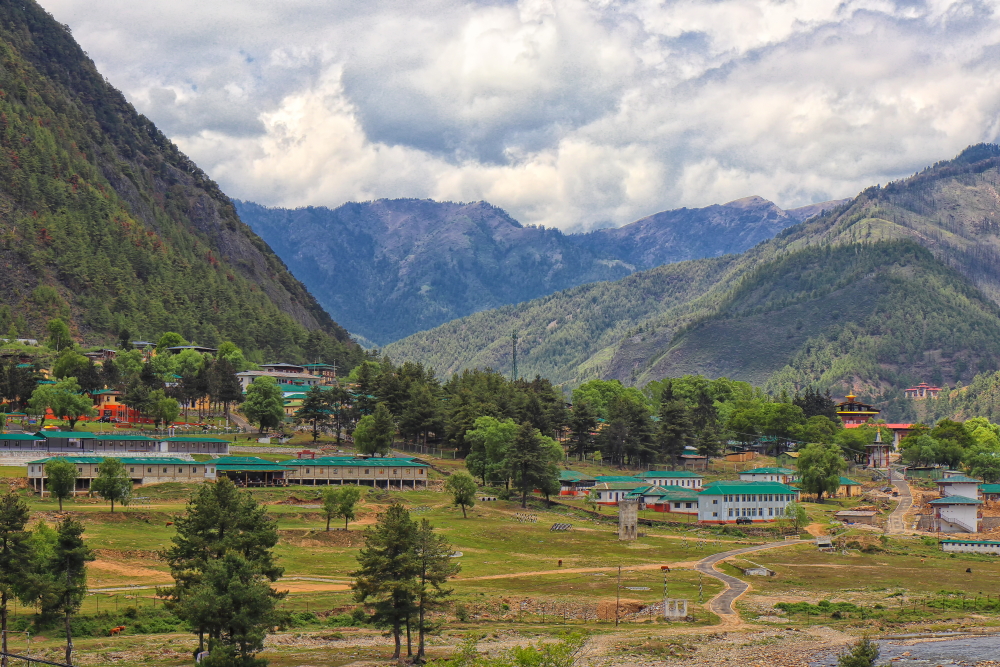
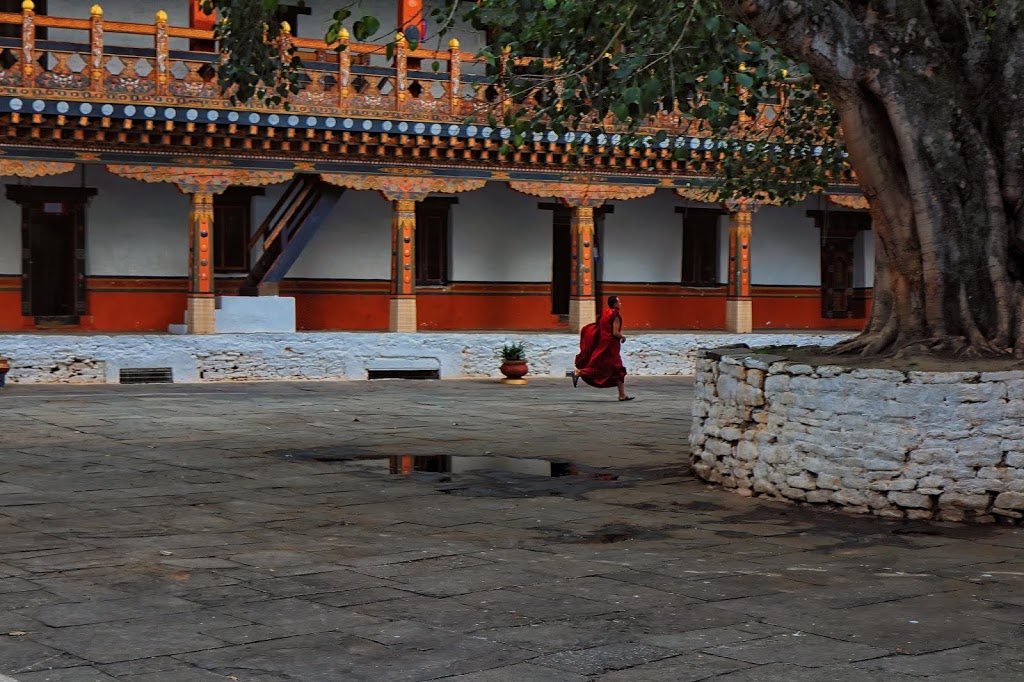
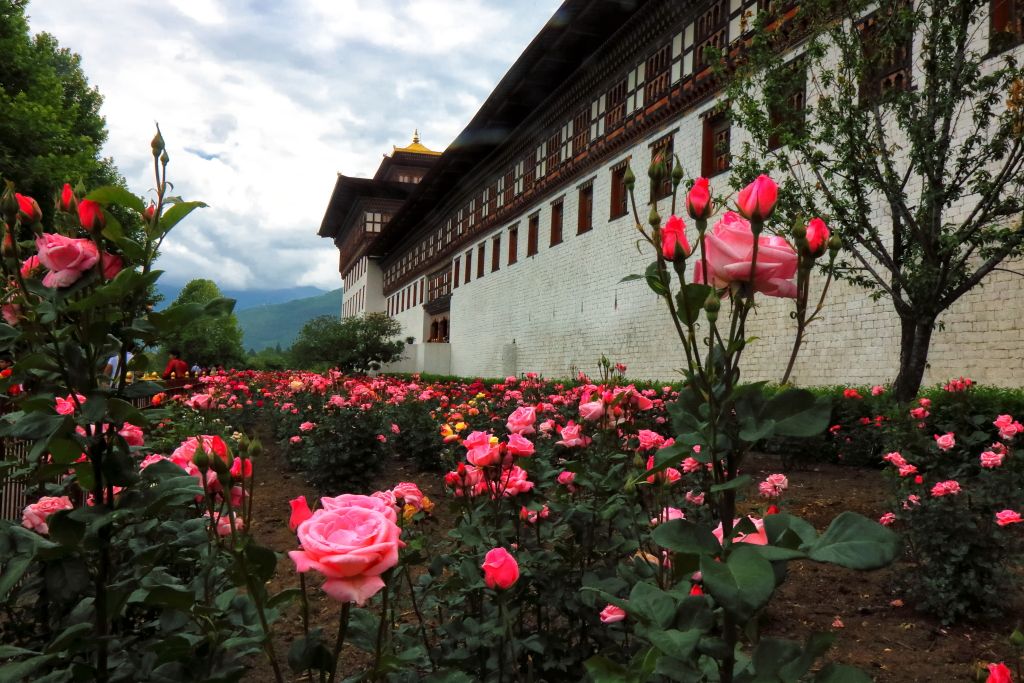
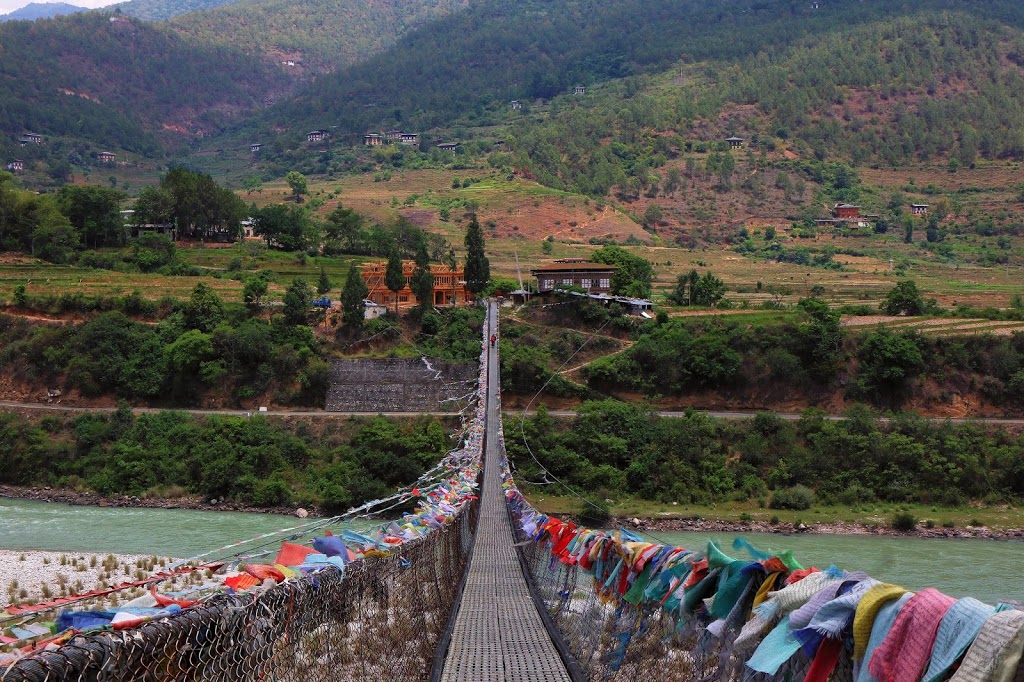
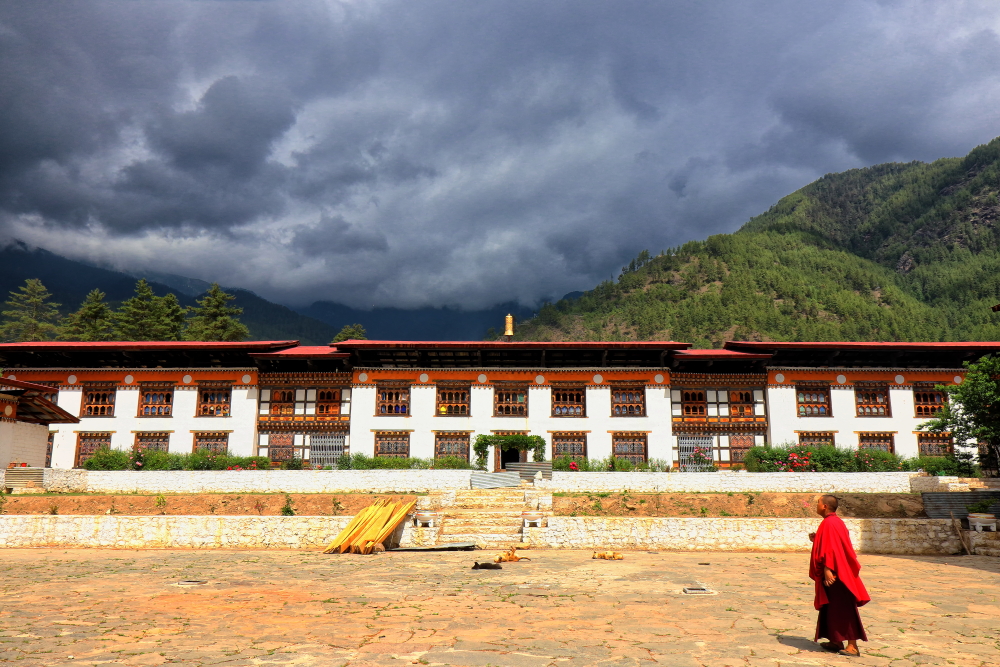
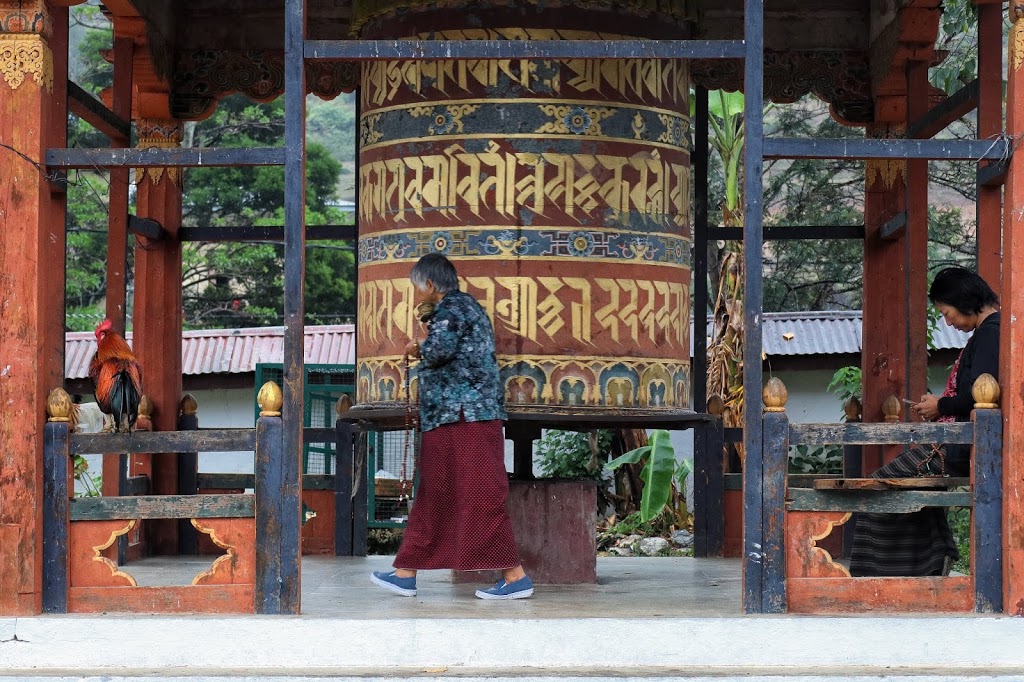
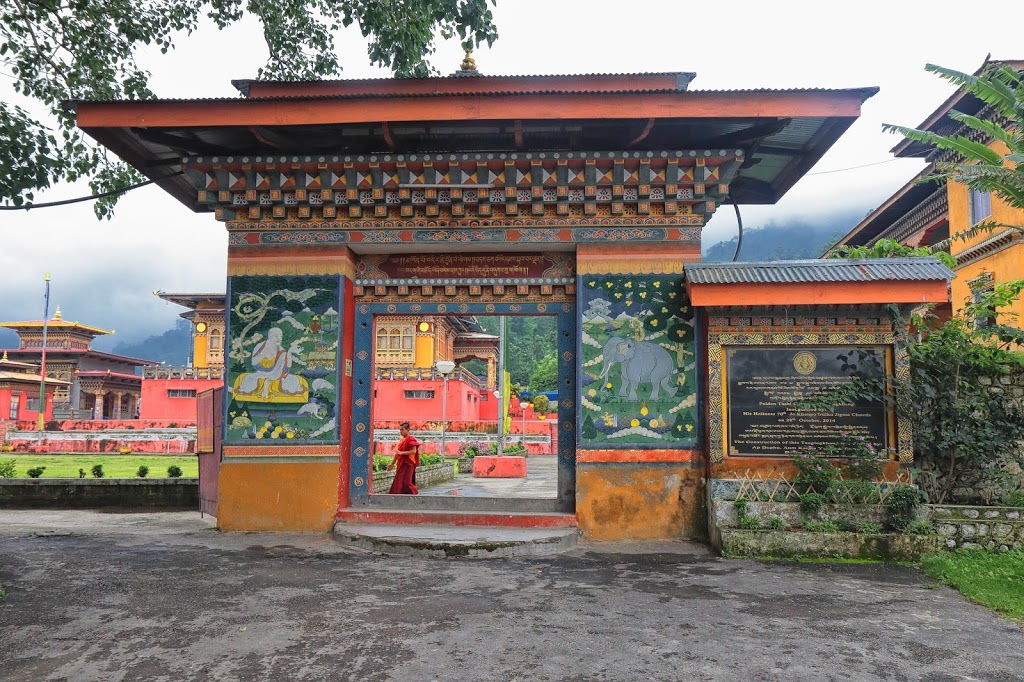
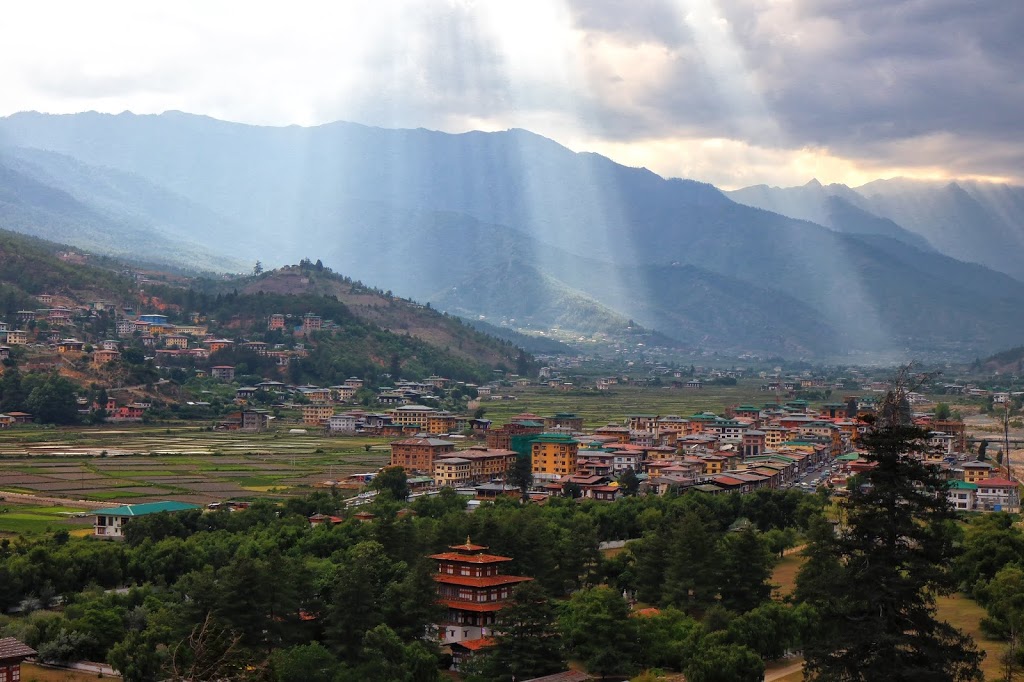
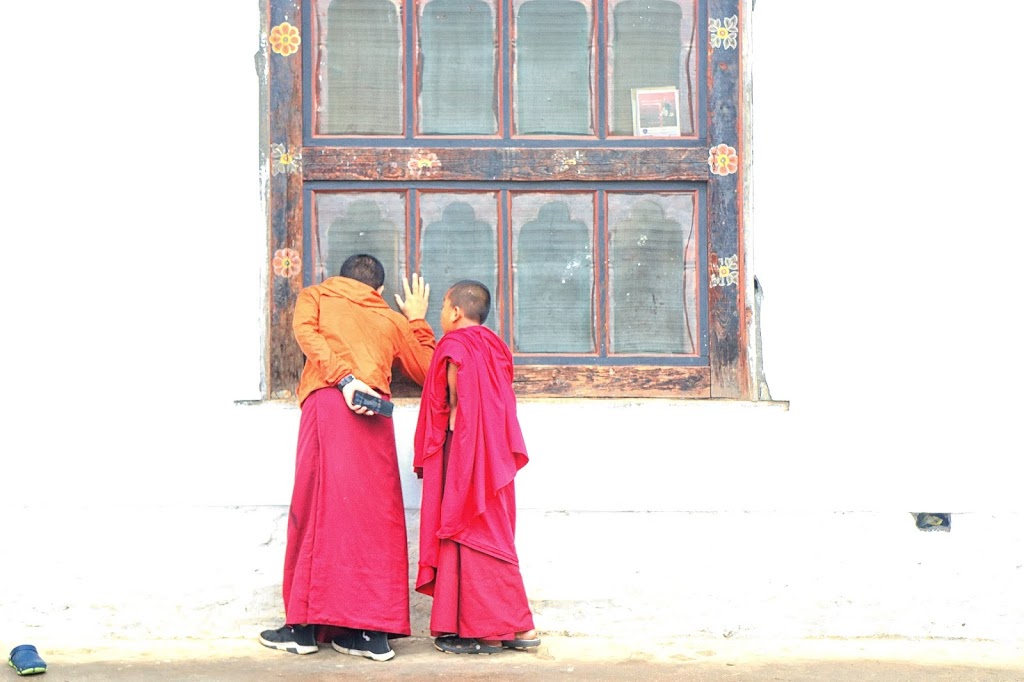
Some Interesting Facts About Bhutan
- Bhutan is the only carbon negative country in the world. That means it absorbs more carbon-di-oxide than it produces. Over 70% of the country is covered by forest. The constitution requires that at least 60% of the land remain forested for future generations.
- Bhutan does not believe in GDP as an indicator of development. Rather Bhutan introduced Gross National Happiness (GNP) to measure the country’s growth. This index is used to measure the collective happiness and well-being of a population. The four pillars of GNH are – sustainable and equitable socio-economic development, environmental conservation, preservation and promotion of culture, and good governance.
- Bhutan is called Druk Yul or Land of Thunder Dragon. Thunderstorms are quite common in Bhutan. And Bhutanese used to believe that thunderbolts are the red fire of a dragon. Druk is the thunder dragon of Bhutanese mythology, and it also appears on the national flag of Bhutan.
- Bhutan banned the cultivation, harvesting and sale of tobacco and tobacco products in the country. The use of plastic is also banned in Bhutan.
- There is no traffic light in Bhutan. Thimphu is one of the two capitals in Asia that does not have a single traffic light (the other being Pyongyang in North Korea)
- Gangkhar Puensum, the highest mountain of Bhutan, is also the highest unclimbed mountain (24,840 ft) globally.
- Paro is one of the most dangerous airports to land in the whole world. There are only eight qualified pilots as of now who are allowed to fly a plane to Paro.
- It is illegal to kill animal or bird in Bhutan.
- You will see plenty of houses in Bhutan where a phallus is painted on the wall. It is a symbol of good luck and fertility in Bhutan.
- Bhutan is also known as the Last Shangri-La. This Himalayan country has only been open to the outside world since 1970.
- Bhutan is the last country to introduce TV in 1999.
- It is a custom in Bhutan to refuse food when offered the first time to show respect and gratitude. They cover their mouth with both hands and say “Meshu”.
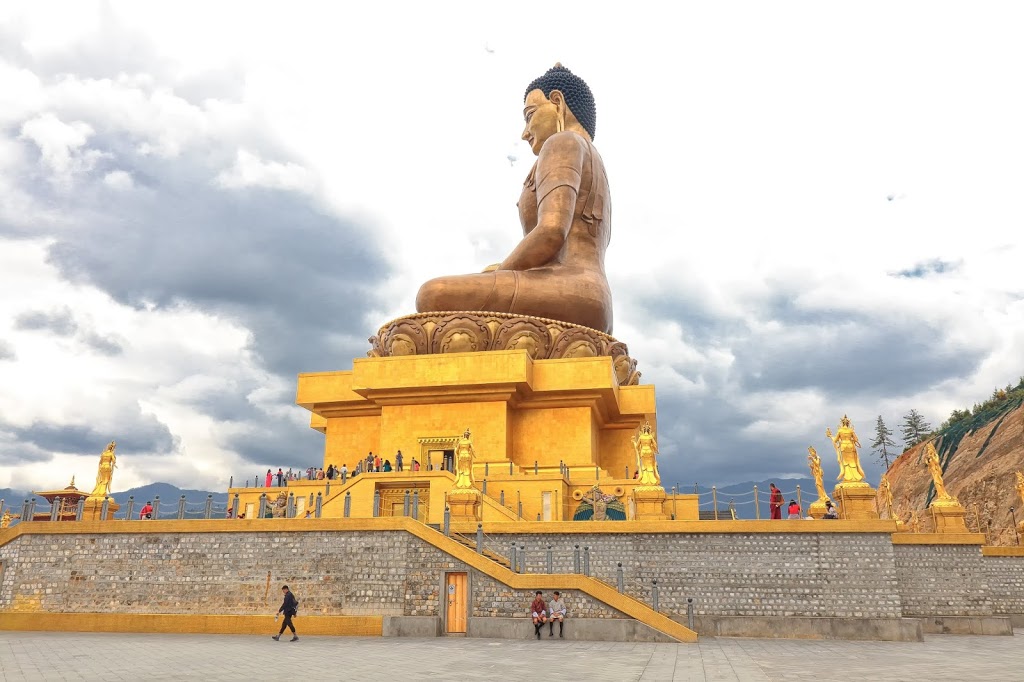
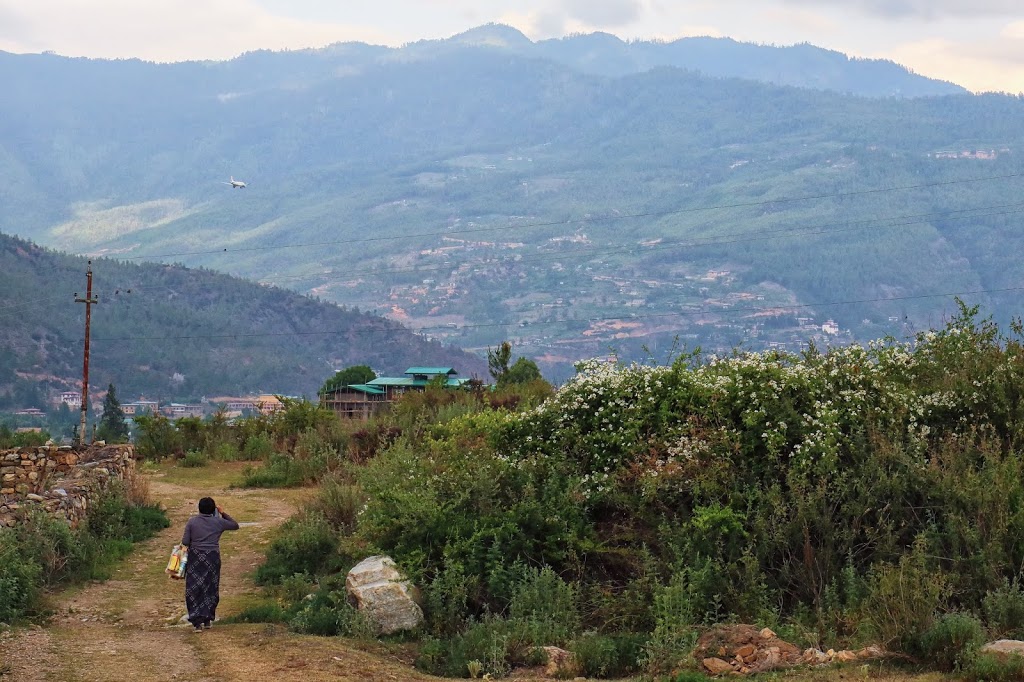
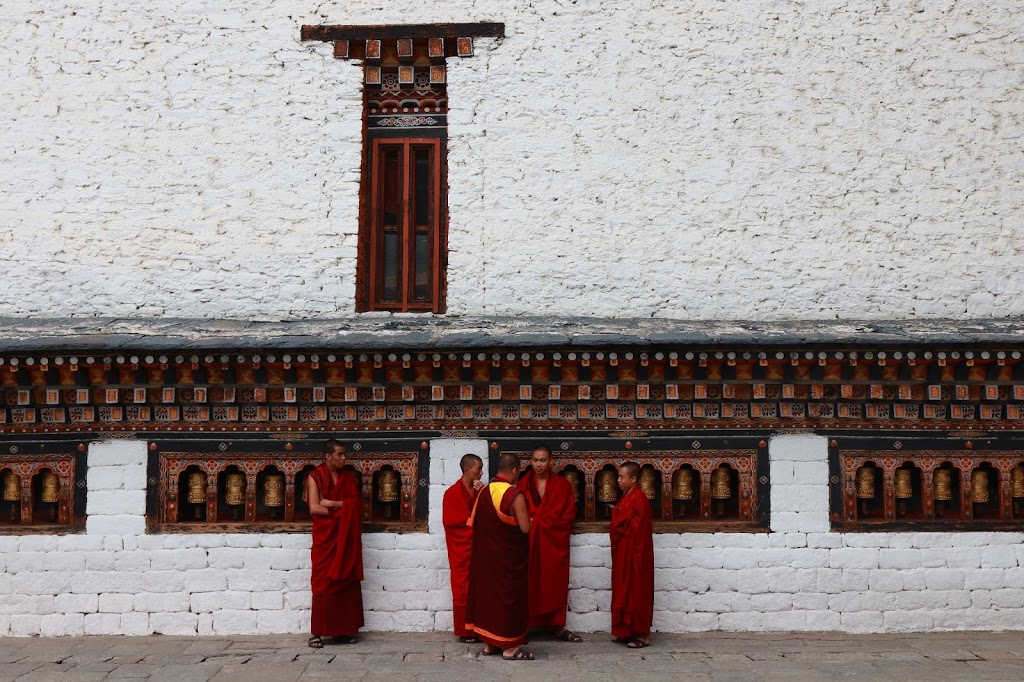
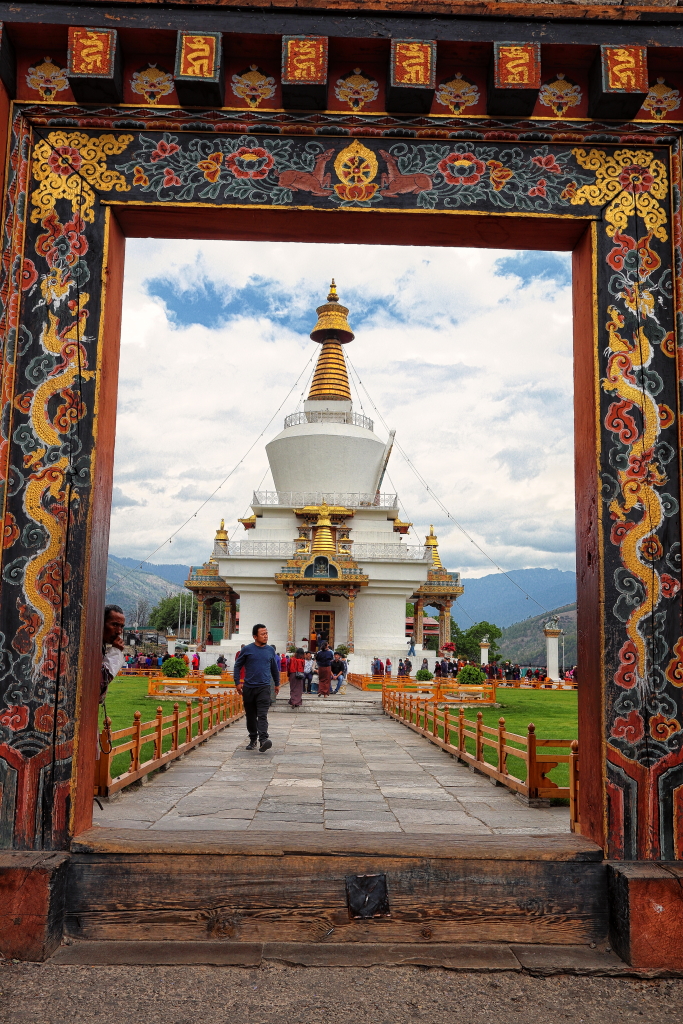
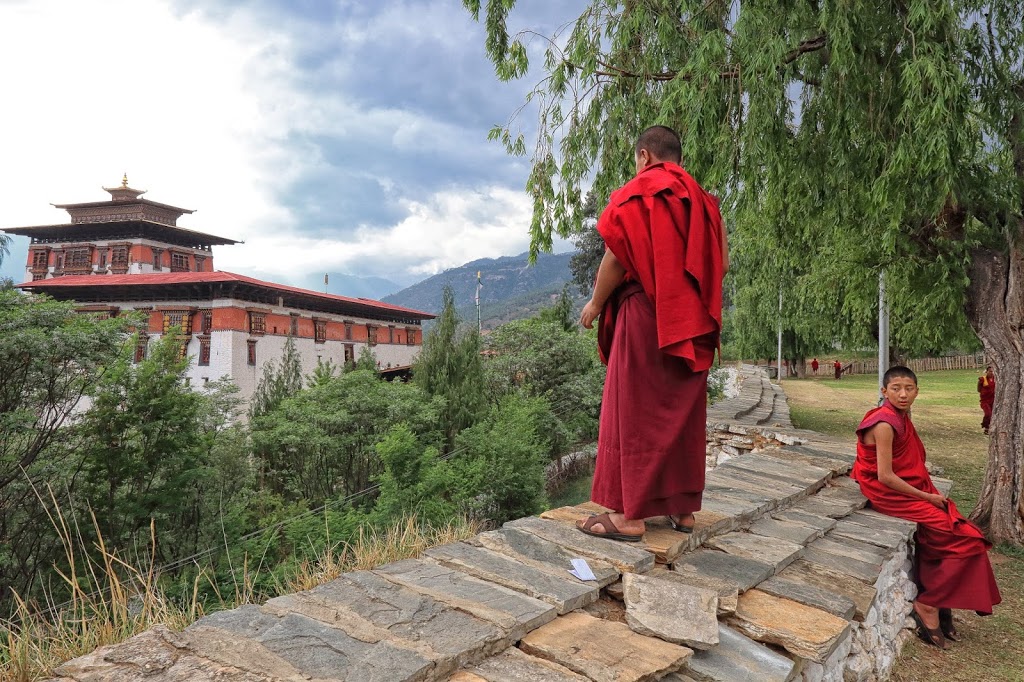
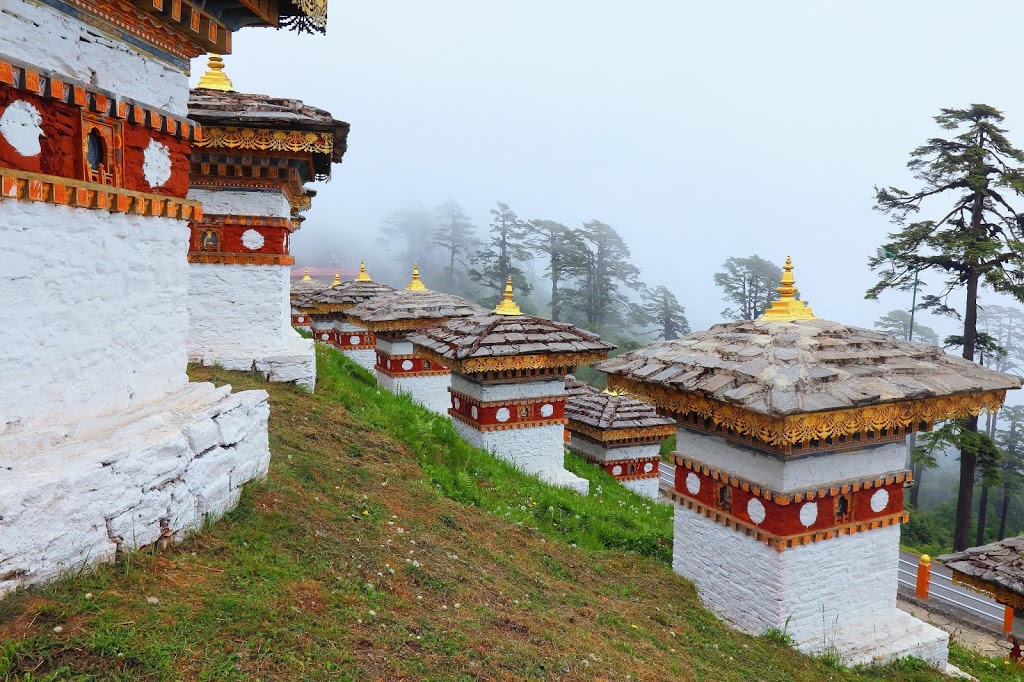
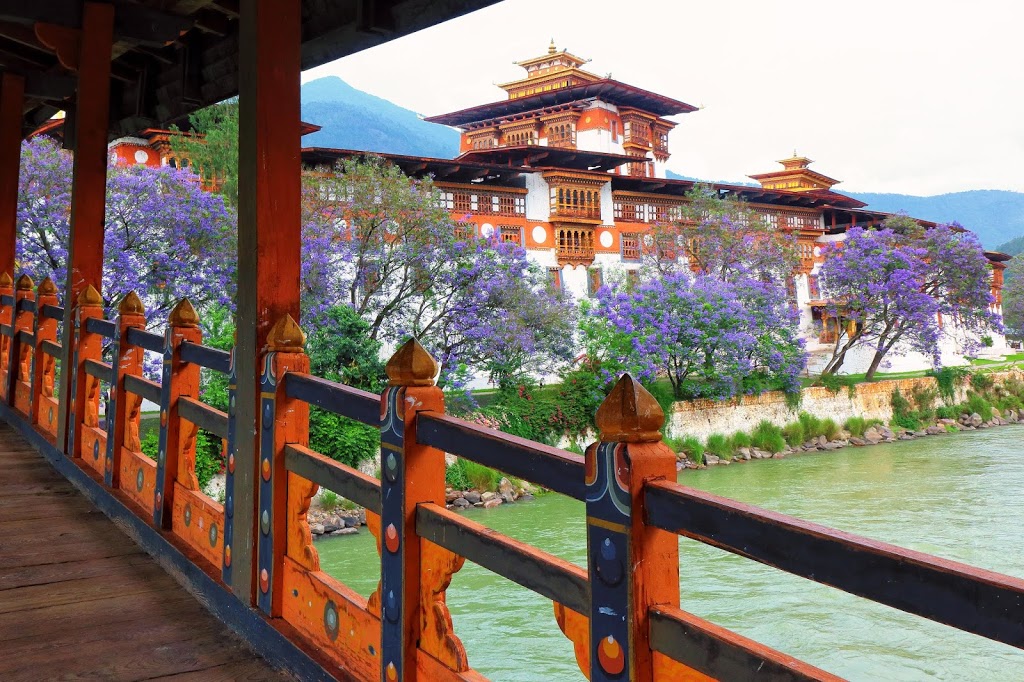
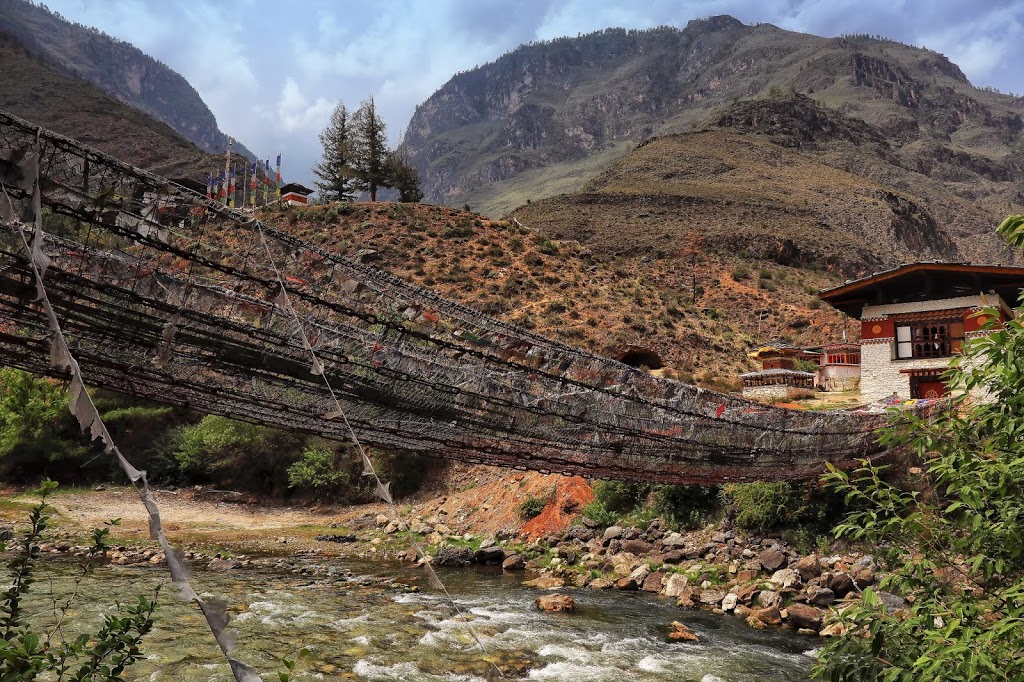


Bhutan at a Glance
- Capital: Thimphu
- Population: 750,000
- Area: 38.364 sq. km
- Official Language: Dzongkha
- Official Religion: Buddhism
- Currency: Ngultrum
- National Animal: Takin
- National Bird: Raven
- National Sport: Archery
- National Butterfly: Ludlow’s Bhutan Swallowtail
- National Flower: Blue Poppy
- National Tree: Cypress (locally known as Tsenden)
- National Dress: Gho (Men) and Kira (Women)
- National Day: December 17
- National Dish: Ema Datshi

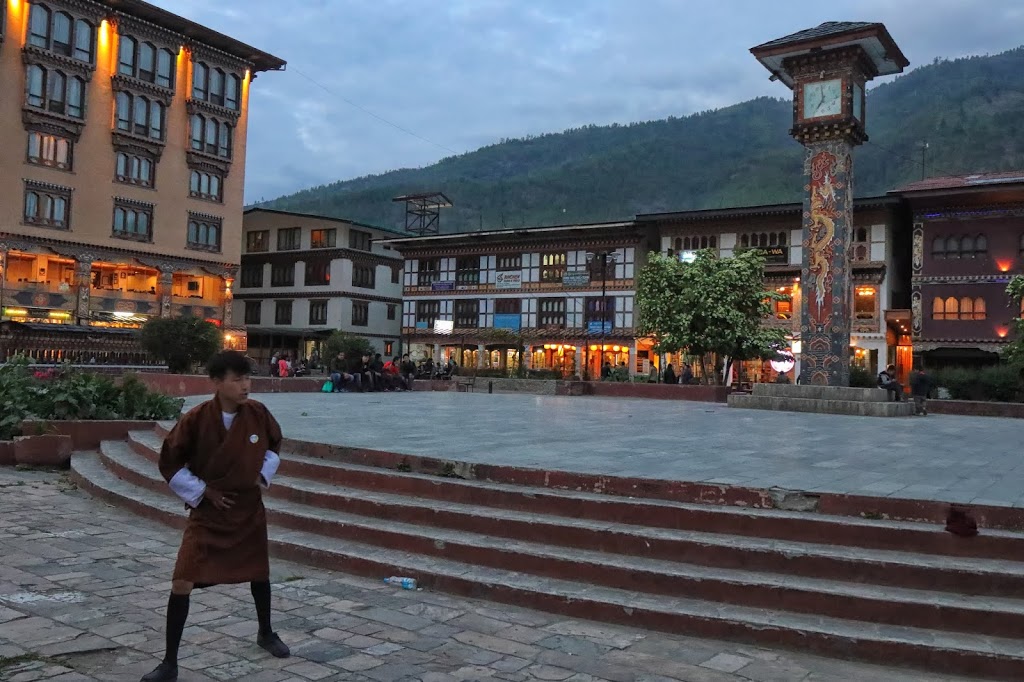
The clock tower square is located below Norzin Lam in the heart of the capital. The Clock-tower has a typical Bhutanese architectural outlook with rich Bhutanese carvings and paintings. It is surrounded by shops, restaurants and cafes, an ideal place to do some quick shopping and dine out plans.
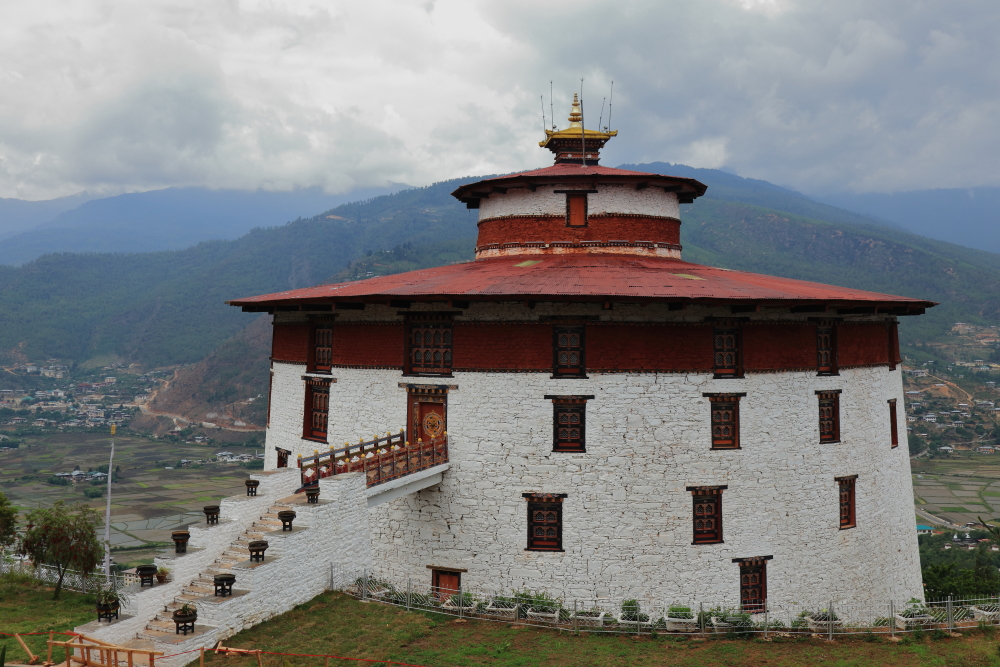
It is a seven storied watchtower built in 1649 by La Ngonpa Tenzin Drugdra, the first Paro Penlop (Parob) or Governor of Paro, who later became the second Druk-Desi. This was built to keep a watch over the valley and defend Rinpung Dzong from invaders.
The National Museum of Bhutan was opened here in 1965, initially hosting only a few personal guests of the Royal Family, dignitaries and government officials. In 1968, the National Museum of Bhutan was opened to the public.
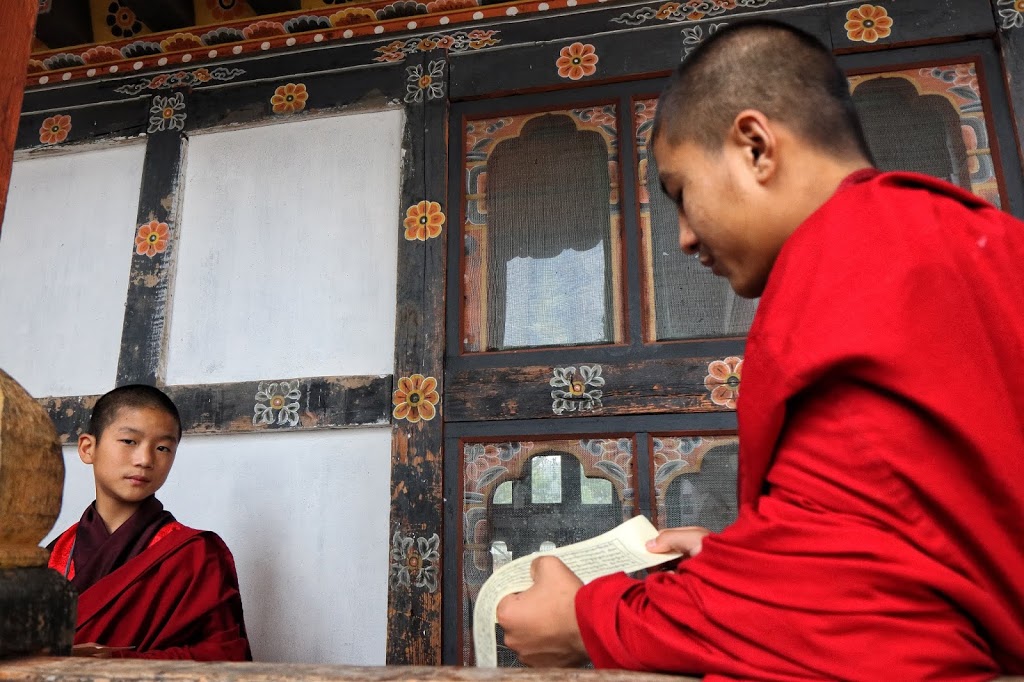
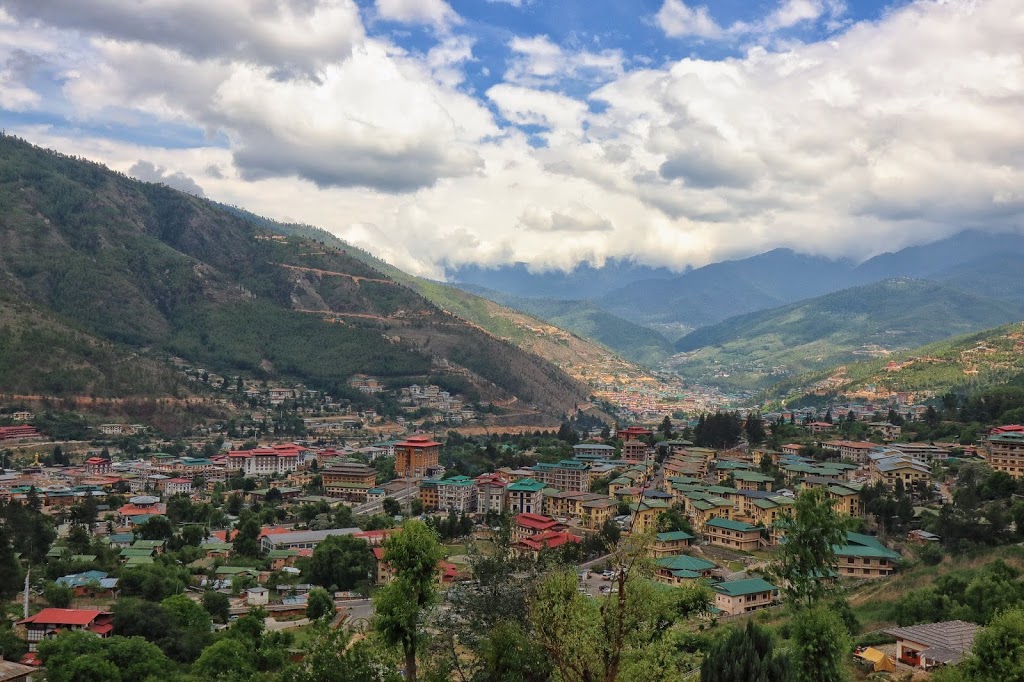
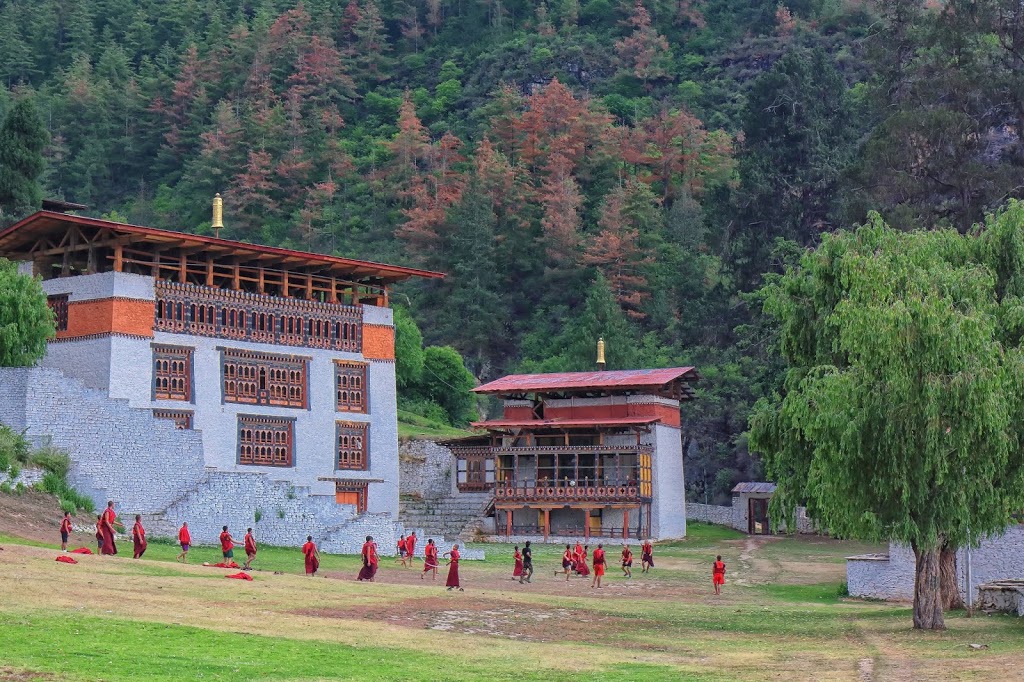
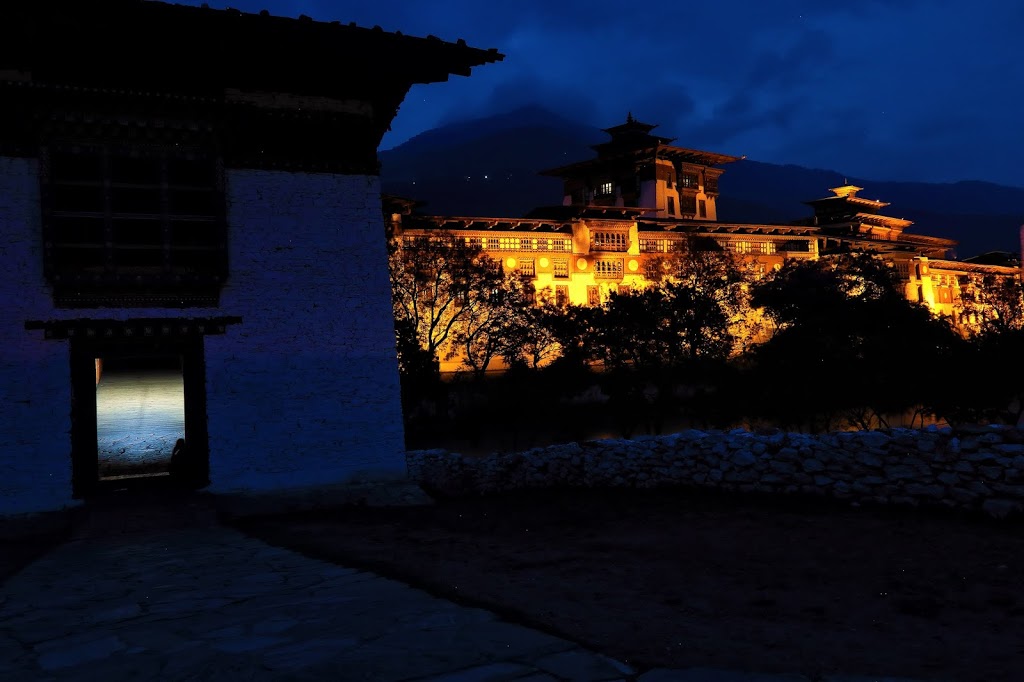
The dzong measures 180 metres (590 ft) in length with a width of 72 metres (236 ft) and has three docheys (courtyards). From the outside, it looks massive with inward sloping walls painted in white with few or no windows in lower sections of the wall and a broad red ochre band at the top. The roof is constructed with wood and bamboo, highly decorated at the edges, and constructed traditionally without the use of nails. Moreover, they are open at the edges to provide a ventilated storage area.
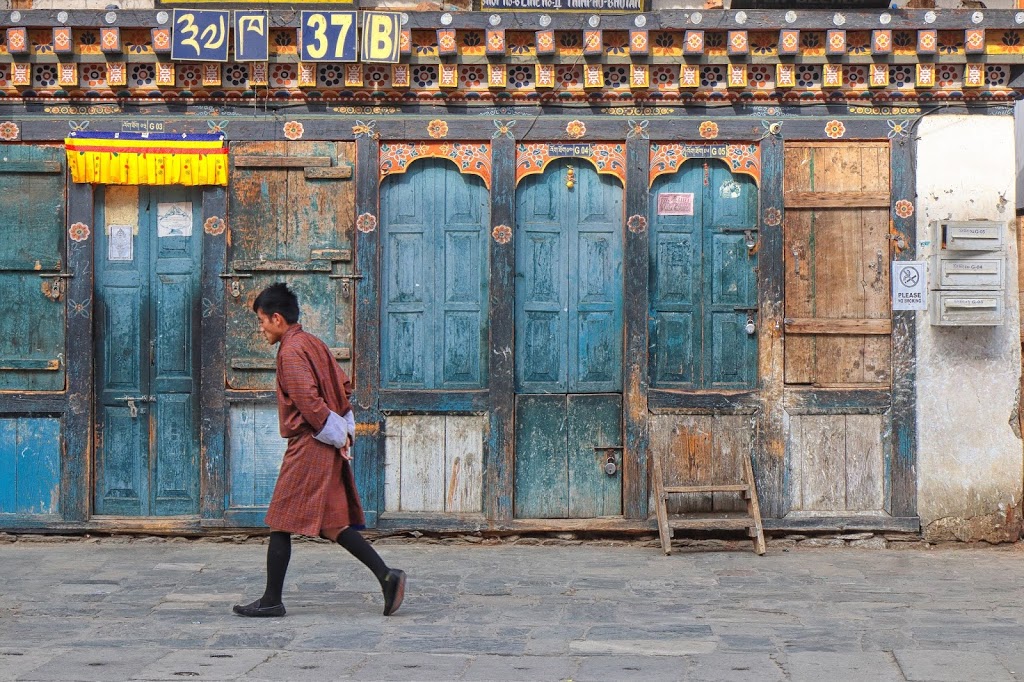
Gho is the national dress for men in Bhutan. It is a knee-length, robe-like cloth wrapped around their bodies and nicely secured with a belt. The national dress for women in Bhutan is called Kira.
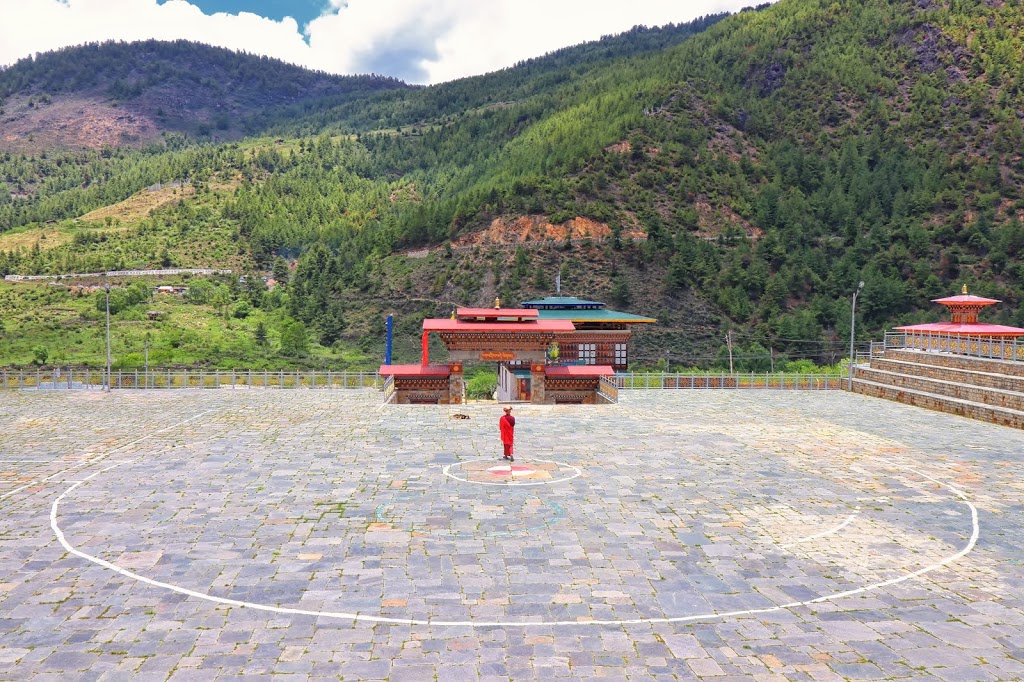
Tsechu is a Buddhist festival held in honour of Guru Rinpoche. This is a 5-day festival that begins on the 10th day of a month of the Tibetan calendar. In each Dzongkh or district, one Tsechu is held every year. The main attraction of Tsechu is Cham Dances which are costumed, masked dances based on incidents from the life of Padmasambhava or Guru Rinpoche.

My Photography Gear
- Camera: Canon 800D
- Lens: Canon EF-S 17-55 mm f/2.8 IS USM
- External Flash: Canon Speedlite 430 EX III-RT
- Tripod: Vanguard MAK S
Pin the images to save the link and see the post later!!
Book your trip: Resources
- Flight
Use Skyscanner or Google Flights to book your flight.
- Accommodation
Tripadvisor and Agoda are perfect for booking your hotel. If you want to stay in a hostel, then Hostelworld would greatly help you find one at your convenience.
- Travel Insurance
World Nomads is perfect for travel insurance. You can get comprehensive protection from them. Let them take care of unexpected situations while you concentrate on your trip.
- Package Tour and Activities
You can book a package tour from G-Adventures and Viator. They are a reputed company arranging small group tours and customising them per your requirements. You can also use Get Your Guide to book your private transport, city tours, heritage walks, food walks and other experiences like a cooking lesson or a Yoga session.
Disclosure: Some of the links below are affiliate links. You will be directed to another third-party website when you click those links. If you purchase anything via those links, I will earn a referral bonus without any extra cost to you.
